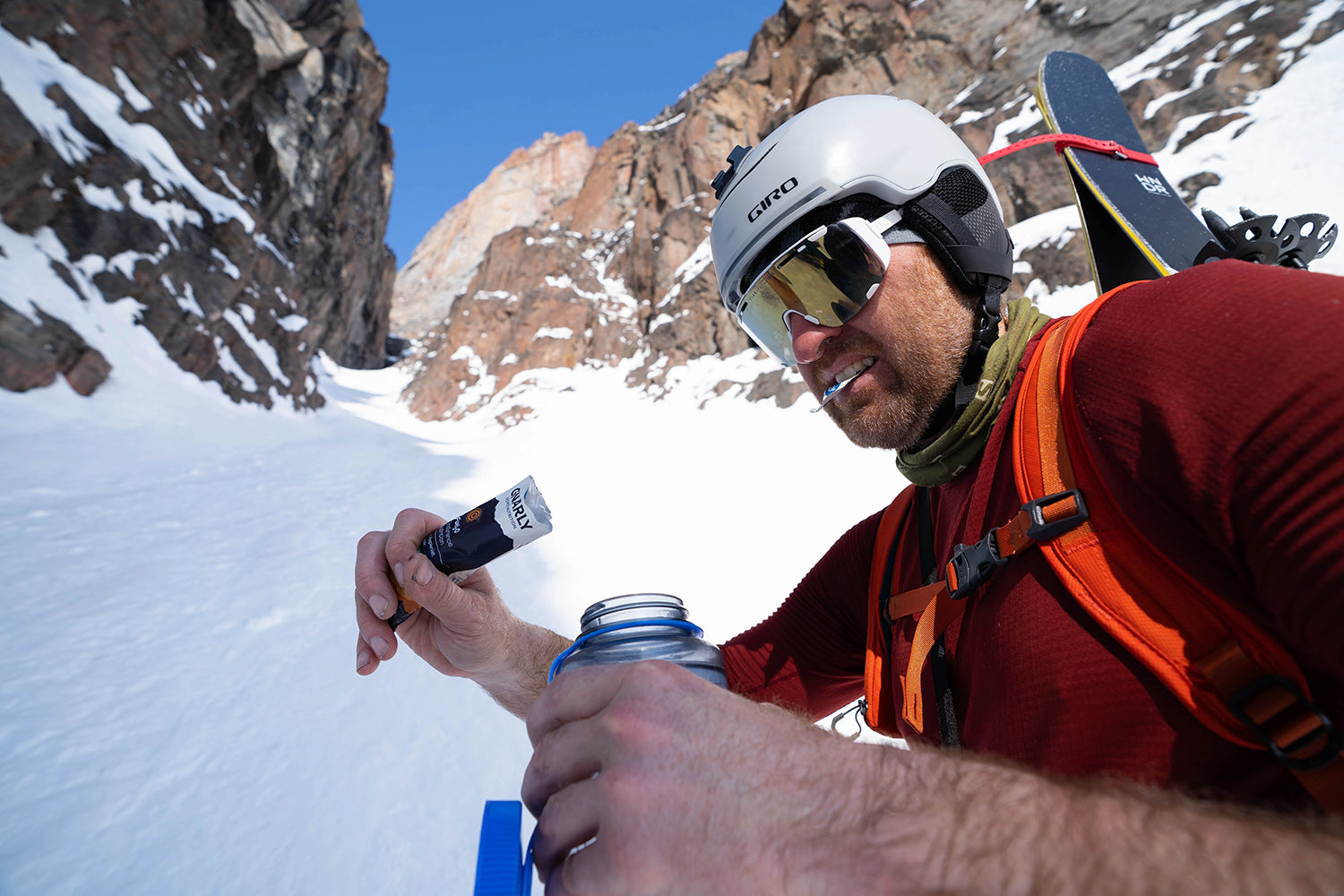In April we packed up our bags, boarded a plane, and headed North. We’d spent the winter skiing our hearts out in our home mountains, the Wasatch Range. The day to day conditions throughout the winter of 22/23 were what many would refer to as “all time.” As we flew over the Salt Lake Valley I looked out the window at the city below—home faded away in the distance, and it finally set in. We were on our way to Baffin.
Baffin Island makes up the North Eastern part of Nunavut, the Northernmost province in Canada. It’s the fifth largest island in the world, the majority of which is undeveloped. It is a part of the Arctic Archipelago that extends into the Arctic Circle. The population is predominantly Inuit, and live in small coastal communities spread out across the island. These communities are largely isolated from the surrounding world. After a brief stop in Ottawa, we would leave the mainland behind on our way to Iqaluit, the capital of Nunavut. From there we would board a twin engine turboprop that would take us to the town of Clyde River on the North Eastern Coast of the island. And upon our arrival, we would attempt to arrange travel into the fjords that lie 90 kilometers West of town. Our final destination would be the Sam Ford Fjord, known as Kangiqtualuk Uqquqti in the native language, Inuktitut. The area is known for some of the most striking couloir skiing in the world. Hallways of snow and ice stretch up into the sky, weaving their way through the cliff bands that make up the banks of the fjords.
In logistical terms, this was the most complicated expedition that I’d ever planned. The location is remote, the climate is unforgiving, and the list of unknowns had been weighing heavily on my mind over the months leading up to the trip. My partner Luke and I intended on spending 24 days out on the ice, unsupported. It would be the longest time that I’d ever spent away from home. We’d heard tale of an outfitter that would be willing to shuttle us out into the fjords, and I’d reached out to him at the beginning of the winter. He wrote back saying that he and his son could handle our transportation, but that we’d be on our own after that. I followed up to try to arrange a place for us to stay when we arrived in Clyde River, as well as posing a few other questions about equipment and logistics, but I never heard back. As it came closer to our departure, both Luke and I began to assume that he’d changed his mind. We arrived in Clyde River without any idea of where we would stay, or how we would reach our intended objective. I’d been ridden with anxiety over the three days of travel as we headed North. All of that began to fade away as I looked out from my window seat at the Arctic landscape below. We might not know how we’re going to pull this off, but after years of planning we were finally here.
The airport in Clyde River is nothing more than a frozen landing strip, with a small structure built off to the side. I remember feeling the bite of the air as we stepped off the plane. We were directed off the runway toward a door on the side of the building. I hadn’t stood on the ground for more than five minutes before two men approached me. The older of the two wore a black down jacket, patched and worn. His skin was weathered from the sun and the cold. He stuck out his hand, “Are you Noah?” he asked. “Yes,” I responded. “I’m Levi,” he said. Here was the outfitter I’d written months before. Immediately I felt the anxiety I’d fostered slip away. He introduced us to his son, Jayko, and the two carried our bags to a chariot of handmade sleds attached to snowmobiles. After the gear was handled he had Luke and I get into his Jeep with him and his wife. We drove down the road headed toward town.
There are only two hotels in Clyde River. Between the two they can accommodate 24 people. When we arrived all of the rooms were booked, mostly by seasonal workers that were staying in the community and working in the surrounding area. It was a slightly disheartening moment. We’d heard stories of climbers and skiers setting their tents up on the outskirts of town. Levi may have been able to sense our apprehension. He pulled out his phone and made a call. After a brief conversation he explained to us that he was a curriculum director at one of the schools in town. His supervisor had granted us permission to stay in the dorms at the school while we waited to travel into the fjords. It was a warm welcome to the weary. We’d made it to Baffin, we’d secured travel onto the ice, and in a day's time we would set out into the wild in search of the towering couloirs and fabled arctic powder that had inspired our adventure.



